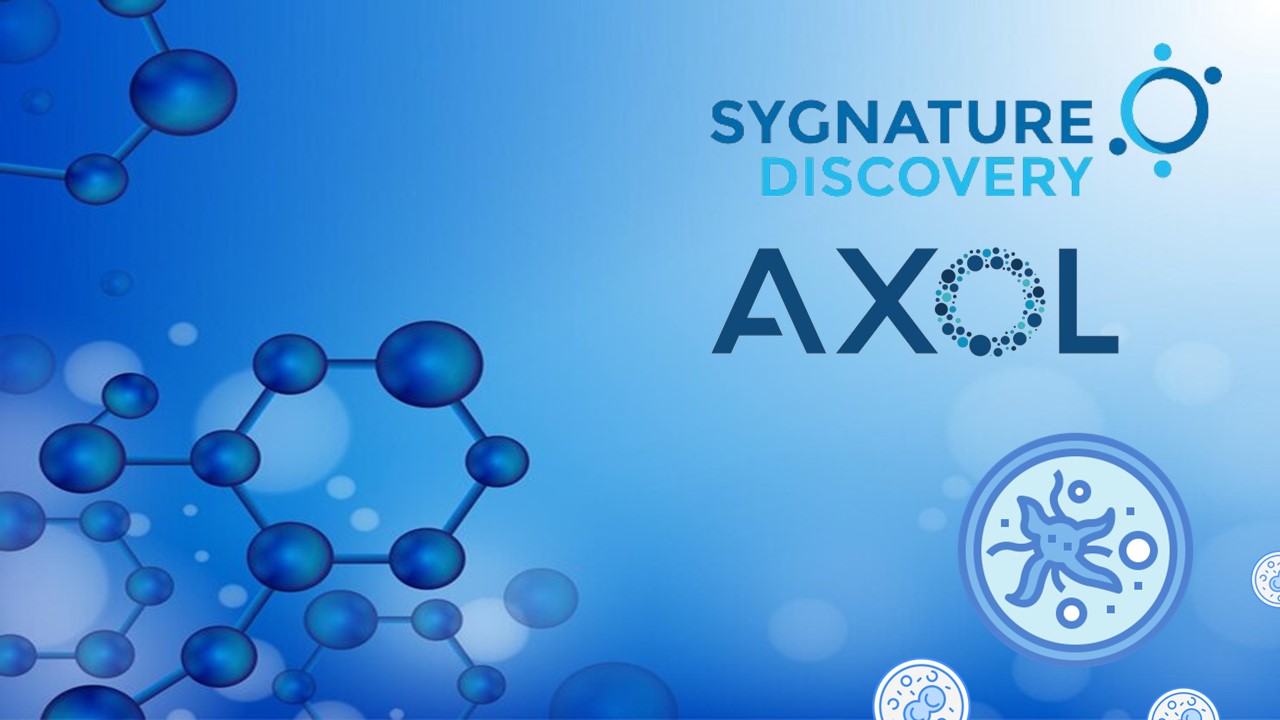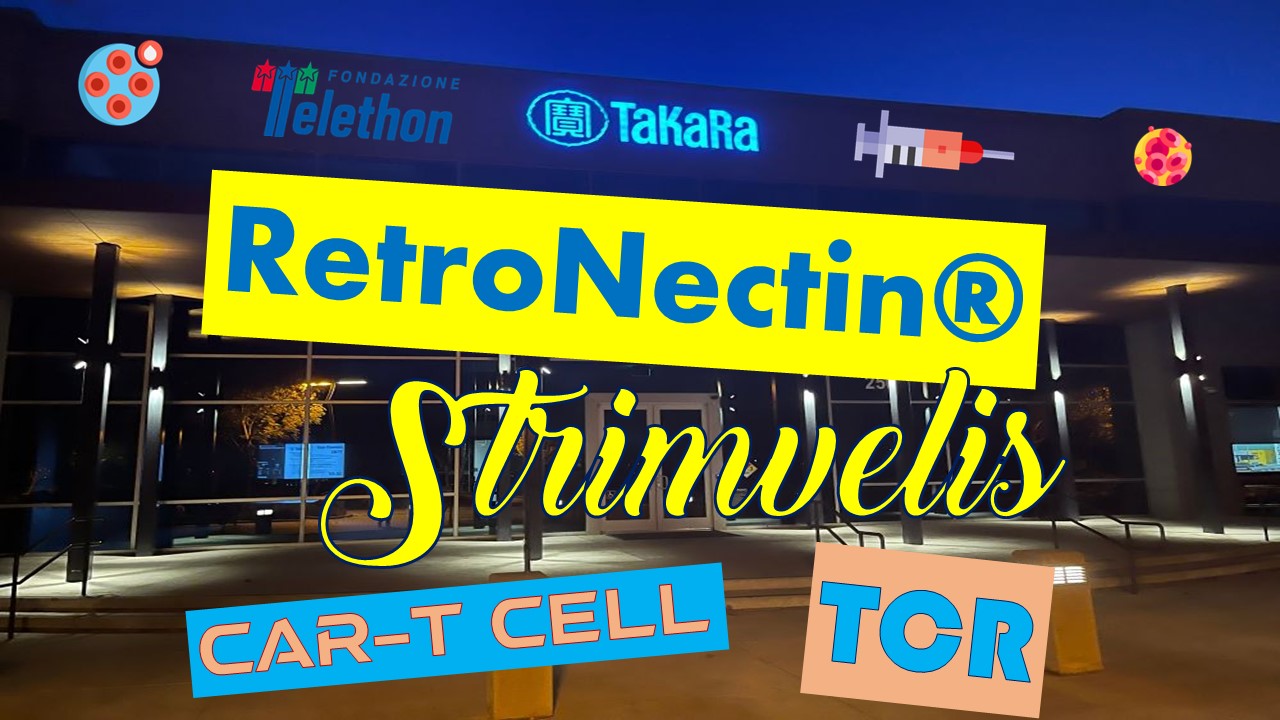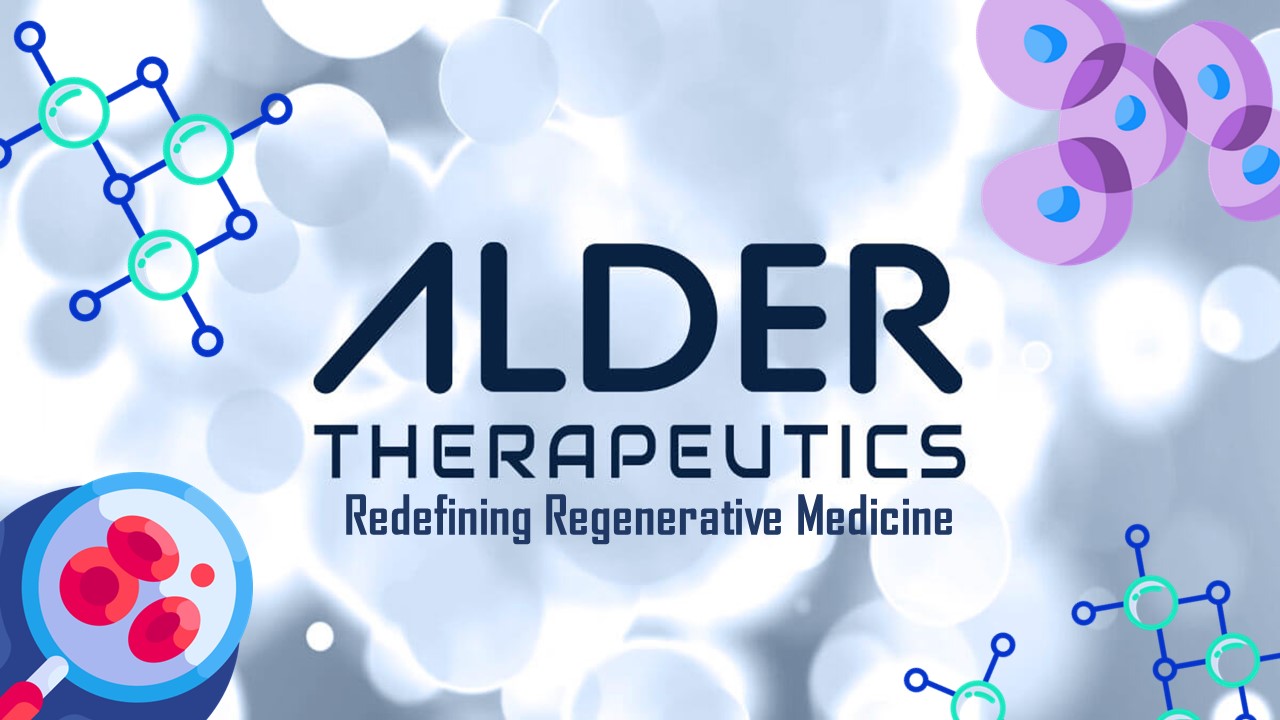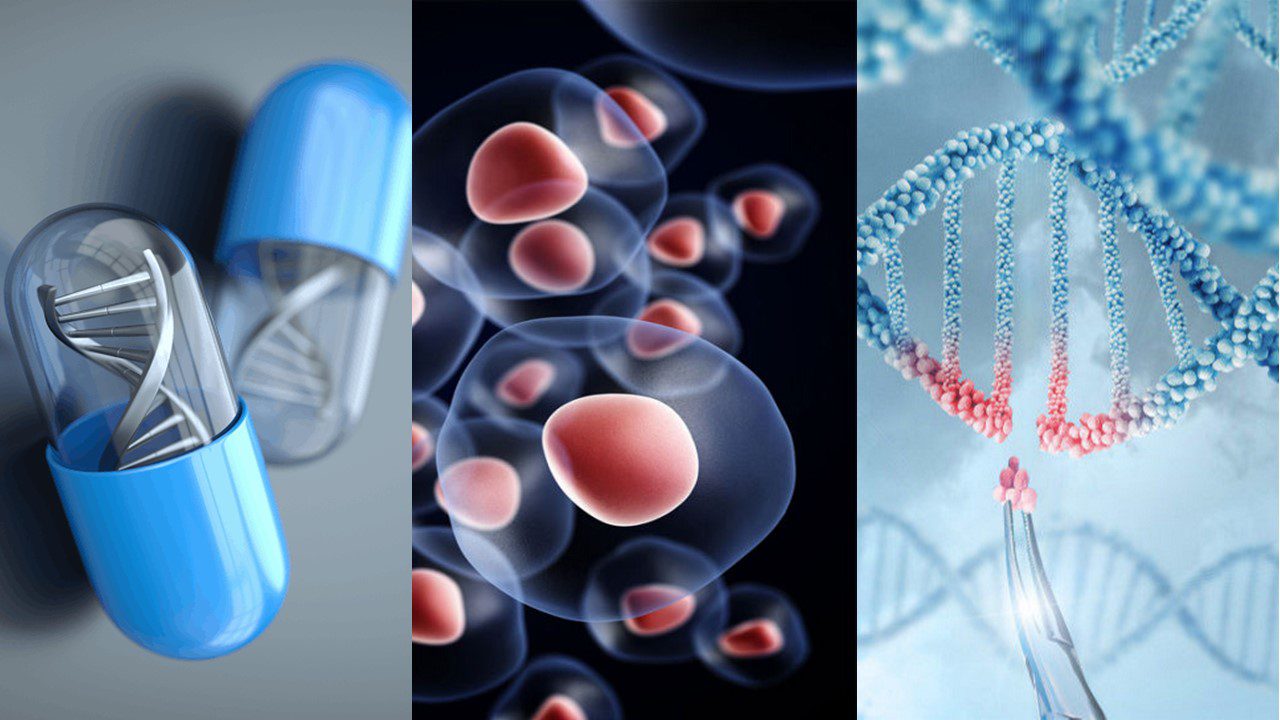Recombinant DNA (rDNA) has significantly impacted the pharmaceutical and biotechnology sectors and changed biological research. By the creation of genomic libraries, these techniques have laid the groundwork for the sequencing of the human genome and many other genomes. This knowledge is crucial for developing a molecular understanding of how cells and organisms work. The evolutionary links between species and genes can be clearly understood using genomic sequence data. Understanding the effects of the environment on cellular physiology and genetic make-up is also made possible by genomic information. This is especially true for microorganisms because they can be found in a wide variety of settings, such as soils, oceans, streams, and hosts that are both living things and plants.
Recombinant DNA techniques are frequently utilized in the pharmaceutical sector to find and develop new drugs. These methods support the discovery and clarification of interactions between medicinal substances and target macromolecules like protein or RNA. Using molecular genetic or biochemical approaches, it is possible to examine potential toxicological effects on cellular physiology, the mechanism of action of the compounds, and resistance profiles. Recombinant techniques are used to boost yields or change chemical structures in natural product treatments produced from microbial secondary metabolites.
The potential of rDNA technology to change a DNA sequence and produce totally new molecules that, if reintroduced into the genome, can be inherited and passed down indefinitely is perhaps its most significant influence. An individual, organization, or country having the power to change a DNA sequence literally in a test tube raises significant issues of ownership, morality, and social responsibility. Nonetheless, there is no denying the significant potential advantages for treating human disease.
Rationale for Manipulation of DNA Sequence Information
Using rDNA technology to change DNA sequences is done for a number of different reasons. To enable later manipulation, the first step is to simply clone the DNA. To study the site-specific impact on protein structure and function, the second method involves purposefully introducing mutations. The third purpose is to modify the recombinant protein’s sequences to provide a desired feature. For instance, recent research on the clotting cascade protein factor VIII, which is used to treat the genetically transmitted bleeding disorder hemophilia, reveals that the protein contains a small region of amino acids that is a key regulator of the production of anti-factor VIII antibodies in the human immune system. A severe therapeutic consequence for patients receiving factor VIII to treat hemophilia is undoubtedly the patient’s immunological reaction, which decreases the activity of factor VIII. Yet, by changing the DNA sequence that codes for this determinant, the amino acid sequence can be altered in a way that both lessens the factor VIII molecule’s antigenicity and renders it transparent to any pre-existing anti-factor VIII antibodies (i.e., changing the epitope eliminates the existing antibody recognition sites).
It is feasible to create a new recombinant protein by combining parts of two different proteins. It’s possible that the new protein, also known as a chimera or fusion protein, will contain some of the functional traits of both of the parent proteins.
The binding of ligands, integration into the plasma membrane, and activation of intracellular signaling pathways are all carried out by functional domains that are present in every receptor. Utilizing rDNA techniques, it is possible to swap out these functional domains to produce chimeric receptors that, for instance, have the transmembrane and intracellular signaling domains of one receptor but the ligand-binding domain of another. The use of the fusion protein approach is further described in relation to the recombinant human growth hormone (hGH) receptor and denileukin diftitox.
The ease of its expression and purification is another justification for merging components of two proteins into a single recombinant protein. For instance, E has high levels of recombinant glutathione S-transferase (GST), which was isolated from the parasitic worm Schistosoma japonicum. coli and has a place where glutathione can bind. It is possible to fuse, in frame, heterologous sequences encoding the functional domains from other proteins to the carboxy terminus of GST. The resulting fusion protein is frequently expressed at the same levels as GST. Additionally, since the fusion protein still has the potential to bind glutathione, affinity chromatography with glutathione that has been covalently attached to agarose can be utilized to purify the fusion protein in a single step. Next, after being treated with particular proteases that cleave at the interface between GST and the heterologous domain, the fusion protein can be utilized to study the functional activity of the heterologous domains individually or as a component of the fusion protein. To produce antibodies to the heterologous domains and for other biochemical investigations, purified fusion proteins can also be employed. Fusion proteins may occasionally be created to deliver a readily identifiable recombinant protein. A method known as “epitope tagging” is an illustration of this, in which recombinant proteins are fused with well-studied antibody recognition sites. After that, the recombinant protein can either be detected by immunofluorescence or purified using antibodies that identify the epitope.
Human Growth Hormone Chimeric Receptor
Chimeric proteins have been employed in a similar manner to treat receptors with unclear second-messenger signaling pathways. For instance, the absence of a reliable signaling assay has made it challenging to find prospective therapeutic drugs that operate on the hGH receptor. However, a cell proliferation test can be used to assess the functional activity of additional receptors that are physically and functionally related to the growth hormone receptor. The mouse receptor for granulocyte colony-stimulating factor (G-CSF) is one such cloned receptor. It was feasible to stimulate cellular proliferation with hGH by creating a recombinant chimeric receptor that combined the second messenger-coupling domain of the murein G-CSF receptor with the ligand binding region of the hGH receptor.
The development of this chimeric receptor offers significant insight into the mechanism of agonist-induced growth hormone receptor activation, as well as a valuable pharmacological screen for hGH analogs. The transmembrane and intracellular domains are involved in signal transmission, while the growth hormone-binding domain is unambiguously localized to the extracellular amino terminus of the receptor. It was also found that agonist-induced receptor dimerization was necessary for effective signal transmission (i.e., simultaneous interaction of two receptor molecules with one molecule of growth hormone). On the basis of this knowledge, a mechanism-based approach was employed to create prospective antagonists. As a result, hGH analogs were created, and it was discovered that these were effective antagonists despite their inability to cause receptor dimerization.
About The Recombinant Human Growth Hormone
The regular growth and development of humans depend on the protein hGH. Longitudinal growth, control (increase) of protein synthesis and lipolysis, and regulation (reduction) of glucose metabolism are only a few of the ways that hGH impacts human development and metabolism. Since the 1950s, hGH has been used to treat a variety of conditions, including typical growth hormone deficit, chronic renal insufficiency, Turner syndrome, inability for women to lactate, and Prader-Willi syndrome. The hormone has a lengthy history and has proven very effective and side effect-free.
The main form of human growth hormone (hGH) in circulation is a nonglycosylated protein with a mass of 22 kDa that is made in the anterior pituitary and contains two peptide loops with 191 amino acid residues connected by disulfide bridges. hGH has a globular shape with four antiparallel helical sections. Around 85% of endogenous hGH is a 22-kDa monomer, 5% to 10% is a 20-kDa monomer, and 5% is a combination of dimers, oligomers, and other modified forms that are disulfide-linked. hGH was first purified from cadaver pituitary extracts in the late 1950s. It was believed that a prion connected to the preparation was the source of Creutzfeldt-Jakob disease, a fatal degenerative neurological condition.
In 1982, rhGH was used for the first time. The first rhGH preparations were created in E. coli. These compositions included 192 amino acids as well as a terminal methionine. Since then, mammalian (mouse) cell culture has been able to create rhGH in its natural sequence.
The natural 191-amino acid main sequence is present in Somatrem, the first recombinant product, along with one methionyl residue at the N-terminal end. The 191-amino acid sequence is shared by all somatropin products, which are identical to the hGH made by the pituitary gland. The protein is oblate, as evidenced by the three-dimensional crystal structure, with the majority of its nonpolar amino acid side chains extending inward. Pharmacologically, this rhGH and natural hGH are the same.
The majority of contemporary rhGH formulations are provided in lyophilized form and need to be reconstituted before injection. Generally, glycine and/or mannitol phosphate buffer powder is used to deliver 5 to 10 mg of protein. The product’s stability is quite good, and the preparation is reconstituted with sterile water for injection. rhGH is stable for two years when kept between 2 and 8 degrees Celsius.
rhGH is rapidly and predictably metabolized in vivo by the liver and kidney. Chemically, the metabolites are what one would anticipate for any peptide: oxidation of Met, Trp, His, and Tyr and deamidation of Asn and Gln.
Recombinant Denileukin Diftitox
One example of a medication that functions like a Trojan horse is denileukin diftitox, a recombinant DNA technology product by the brand name Ontak. A very cytotoxic second component of the molecule kills the diseased cell while the first part of the molecule is engaged in recognition and selectively bonds with it. A recombinant strain of E. coli produces the 58,000 Da-weighing (by molecular weight) fusion protein denileukin diftitox. coli. It is a rDNA-derived cytotoxic protein made up of the amino acid sequences for the diphtheria toxin components A and B (Met1-Thr387)-His, followed by the sequences for IL-2 (Ala1-Thr133). This massive protein can be compared to a diphtheria toxin molecule that has had the receptor binding domain changed to IL-2 sequences, altering the binding selectivity. High-affinity (α, β, γ) IL-2 receptor-expressing cells firmly bind the protein. The cytotoxic species is brought into interface with the tumor cells using the IL-2 component as a director. The cells perish as a result of the diphtheria toxin’s inhibition of protein synthesis. On their cell surfaces, malignant cells in some leukemias and lymphomas, including cutaneous T-cell lymphoma, express the high-affinity IL-2 receptor. The cells that denileukin diftitox targets are these ones.
Treatment for persistent or recurrent cutaneous T-cell lymphoma in which the malignant cells express the CD25 subunit of the IL-2 receptor is indicated by denileukin diftitox.
The injection-ready form of denileukin diftitox is provided as a frozen solution in water. Store it at a temperature of -10°C or lower. The vials should defrost for one to two hours at ambient temperature or for less than 24 hours in a refrigerator set between 2 and 8 degrees Celsius. Use of prepared solutions must occur within six hours. The medication is delivered either through a syringe pump or by IV infusion from a bag.
A Recombinant Future Awaits
Recombinant DNA has been a game-changing technological advancement, offering technologies that have not only greatly advanced our understanding of life at its most basic levels but have also opened the door to a wide range of medical and agricultural applications. The ability to see that the promise of recombinant DNA could only be realized if scientists took responsibility for addressing the safety and ethical concerns that it raised allowed scientists taking the lead in developing this technology to continue to revolutionize approaches to life science research and biotechnology.
As we look back on the successes of the early rDNA developments, it is becoming more and more clear that recombinant DNA technology, in conjunction with health promotion, disease prevention, and public education, holds the promise of remarkable advancements in prevention, diagnosis, and therapeutics in molecular medicine, drug discovery, and general improvement of patient quality of life.
Subscribe
to get our
LATEST NEWS
Related Posts

Featured
Sygnature Discovery Teams Up with Axol Bioscience to Unleash Human iPSCs’ Power
Sygnature Discovery partners with Axol Bioscience to explore hiPSC-derived microglia for antineurodegenerative drug discovery.

Cell & Gene Therapy
Telethon, Licensed to Leverage Takara Bio’s RetroNectin®
Takara Bio collaborates with Fondazione Telethon ETS in a RetroNectin® license agreement.
Read More Articles
Synthetic Chemistry’s Potential in Deciphering Antimicrobial Peptides
The saga of antimicrobial peptides unfolds as a testament to scientific ingenuity and therapeutic resilience.












